As Dandelions are nuisance invasive weeds, seeing a bunch of large Dandelion plants or even a plant looking like them can be frustrating.
However, they do differ from each other due to leaves and flowerhead size. Read on to identify the most common Dandelion looking plant.
Table of Contents Show
Is There Really A Large Dandelion Looking Plant?
Yes. Many herbaceous weeds look somewhat like Dandelion plants, mainly during the juvenile stage.
However, the leaves themselves are the differentiating character as Dandelion features smooth broadleaf. Meanwhile, its most look-alike has narrower lobed leaves.
Also, as the look-alikes mature, they produce daisy-like yellow flowerheads like Dandelions.
But soon, the single-stem blooms will help you identify Dandelion apart from the bundled flowers of the similar-looking weeds.
Flowers That Look Like Dandelion
A Dandelion is a herbaceous plant with a yellow flower on a single stem that turns into a puffed head to form seeds.
However, various species of the Dandelion family (Asteraceae) feature similar characteristics, making it appear as a giant Dandelion like plant.
Some of the plant with a flower that looks like Dandelion is as follow:
1. False Dandelions
The name of False Dandelion (Agoseris spp.) is itself pretty self-explanatory, meaning they look like a Dandelion weed but are not.
Similar to regular Dandelions, False Dandelion also has yellow blooms or flowers.
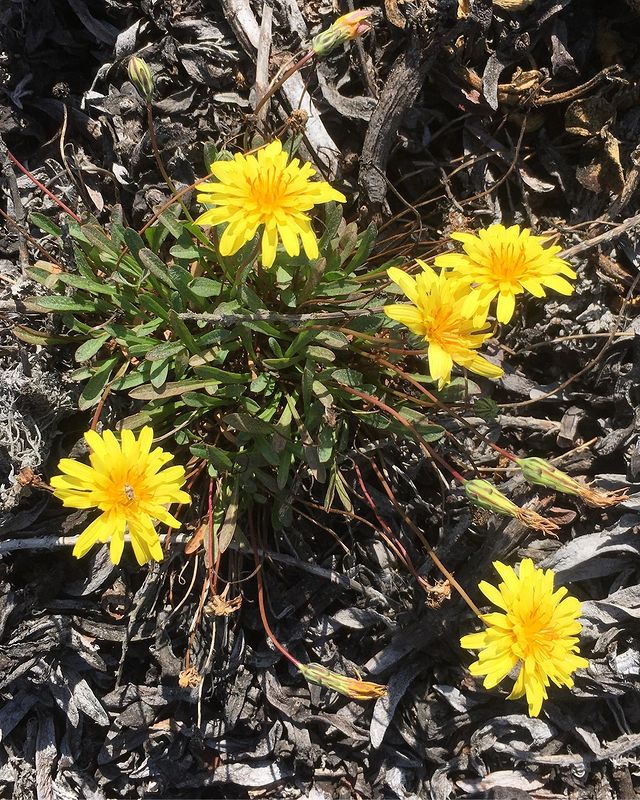
The herbaceous weed features rosette foliage above the sand and has green, slender to broad leaves with rounded lobes along the leaf margin.
Meanwhile, the False Dandelion contains a milky sap similar to Dandelions. It also produces vibrant blooms from May to August.
2. Narrowleaf Hawksbeard
Another look-alike of the Dandelion is the Narrowleaf Hawksbeard, a native plant of Europe, Central Asia, and China.
The Narrowleaf Hawksbeard (Crepis tectorum) has alternately arranged pointed hairless leaves.
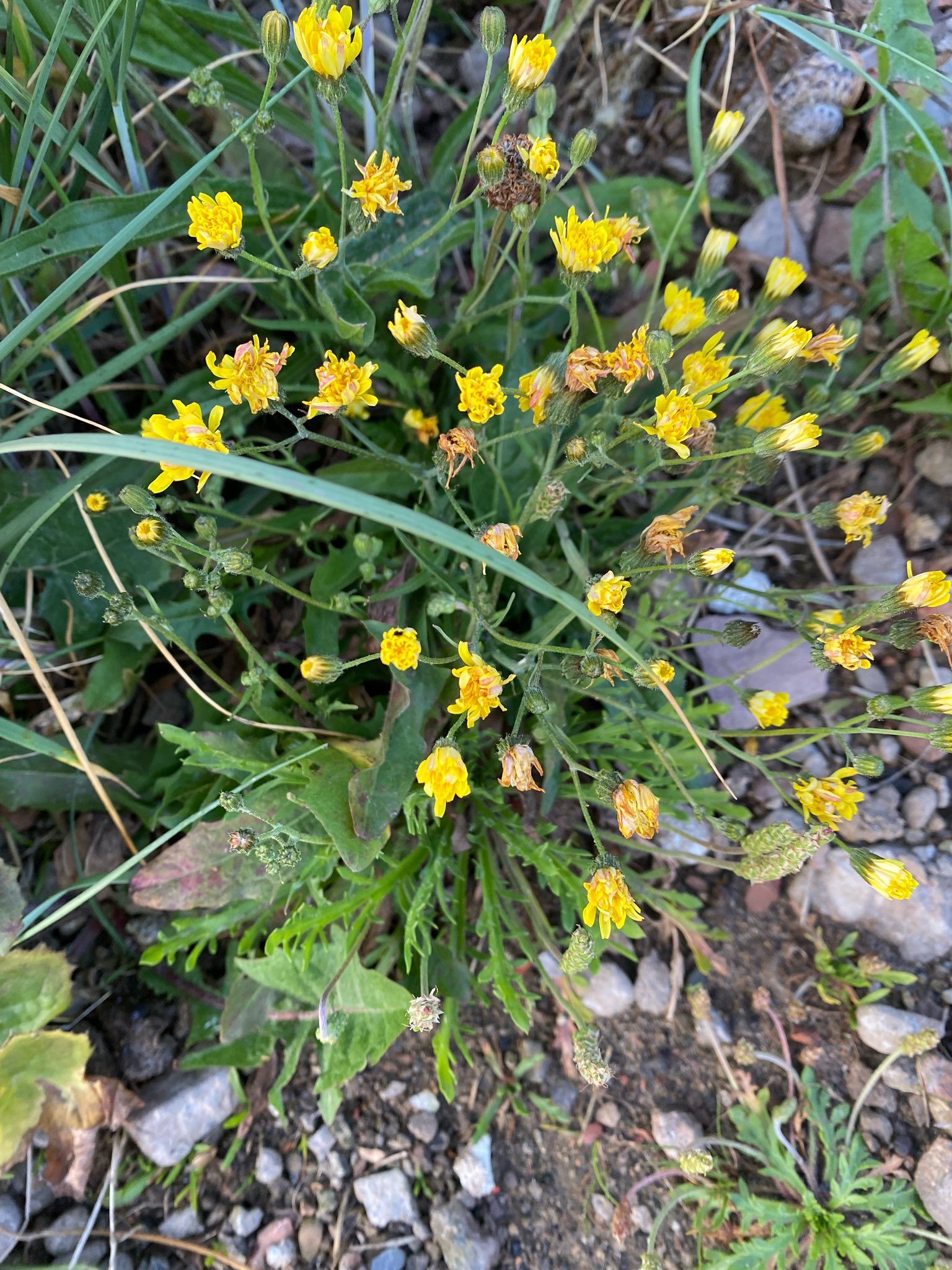
That said, some plant species of Narrowleaf Hawksbeard produce a single flower on each stalk.
Nonetheless, the Narrwoleaf Hawksbeard belongs to the Asteraceae family and grows in sunny and moist places.
With proper care, you can expect the Hawksbeard plants to bloom from June to August.
3. Western Salsify
If you have ever encountered a large Dandelion looking plant equal to the size of a tennis ball, doubt for Western Slasify.
Also known as yellow Salsify or Goatsbeard, the Western Salsify (Tragopogon dubius) belong to the Asteraceae family. It is native to Northern Africa and Eurasia.
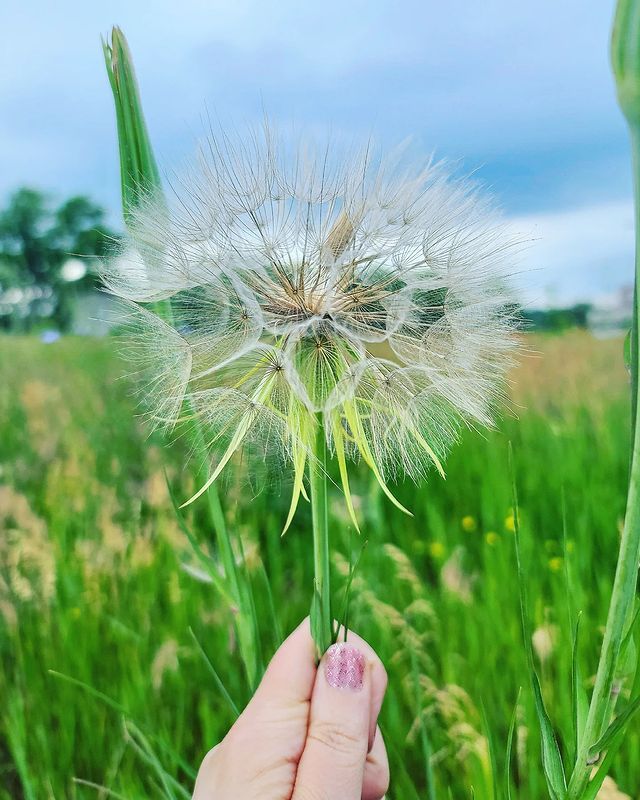
Western Salsify has linear grass-like foliage that is hairy at axils and releases milky juice when broken.
Meanwhile, the flower heads of Salsify are yellow and larger than Dandelions, confusing the gardeners as a big Dandelion looking plant.
4. Catsear
Going by the name flat weed or even False Dandelion, Catsear (Hypochaeris radicata) is a perennial weed native to Europe.
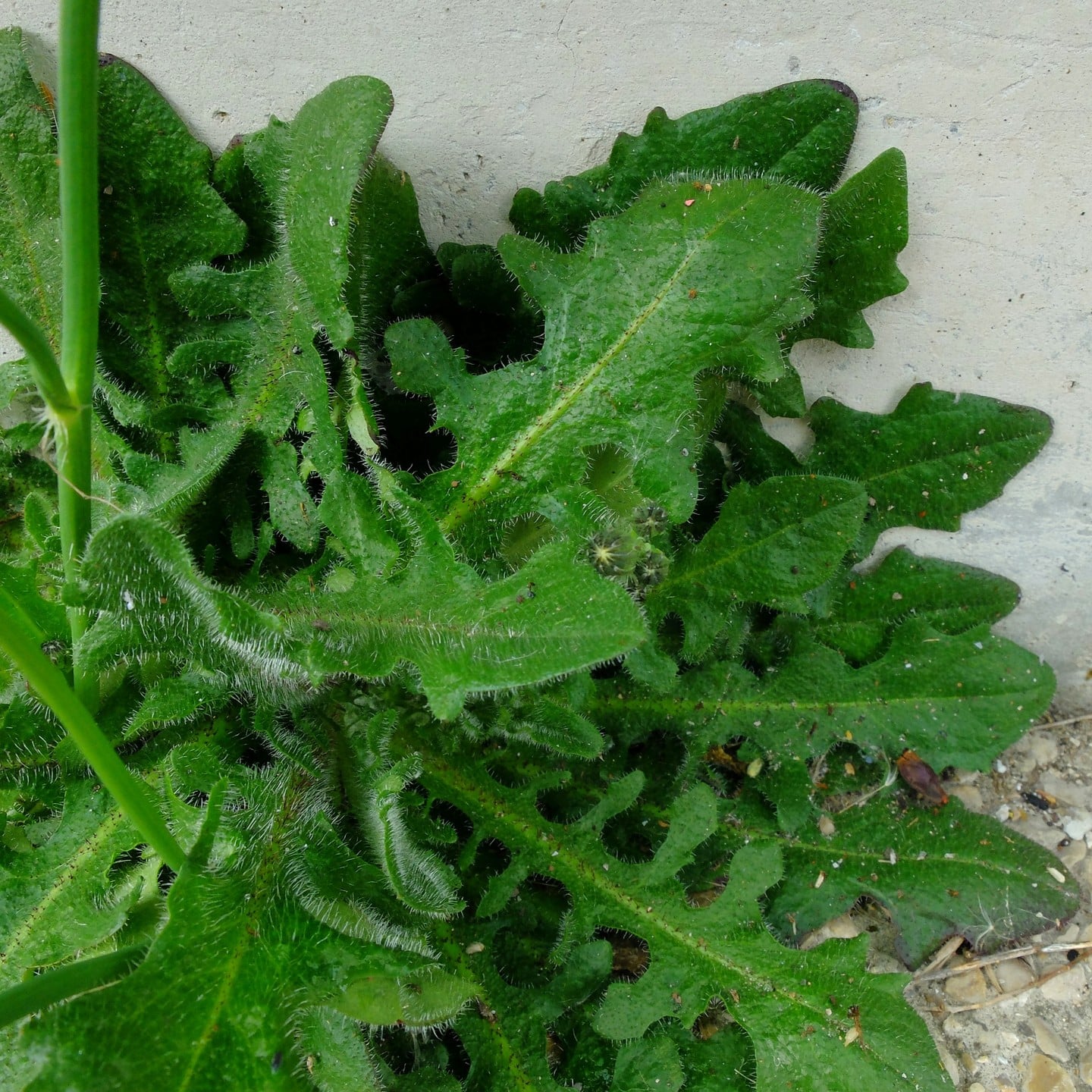
Also, the blooms of Catsear come out in bundles from a single stem which could be the distinguishing feature.
Meanwhile, the leaves of Catsear are less bitter than the Dandelion, so you can even use it for salads. However, it is not for livestock due to its toxicity.
5. Sow thistle
Like the Dandelion, Sow Thistle (Sonchus spp.) is a member of the Asteraceae family native to Europe and Western Asia.
However, the leaves of the Sow Thistle have deeply divided lobes making it prickly to touch from the edges.

Also, the leaves hold milky white sap making it known as Milky Thistle. However, it differs from the true Milky Thistle (Silybum marianum).
6. Meadow Hawkweed
Meadow Hawkweed (Pilosella caespitosa) is a flowering creeping perennial native to Europe and belongs to the Asteraceae family.
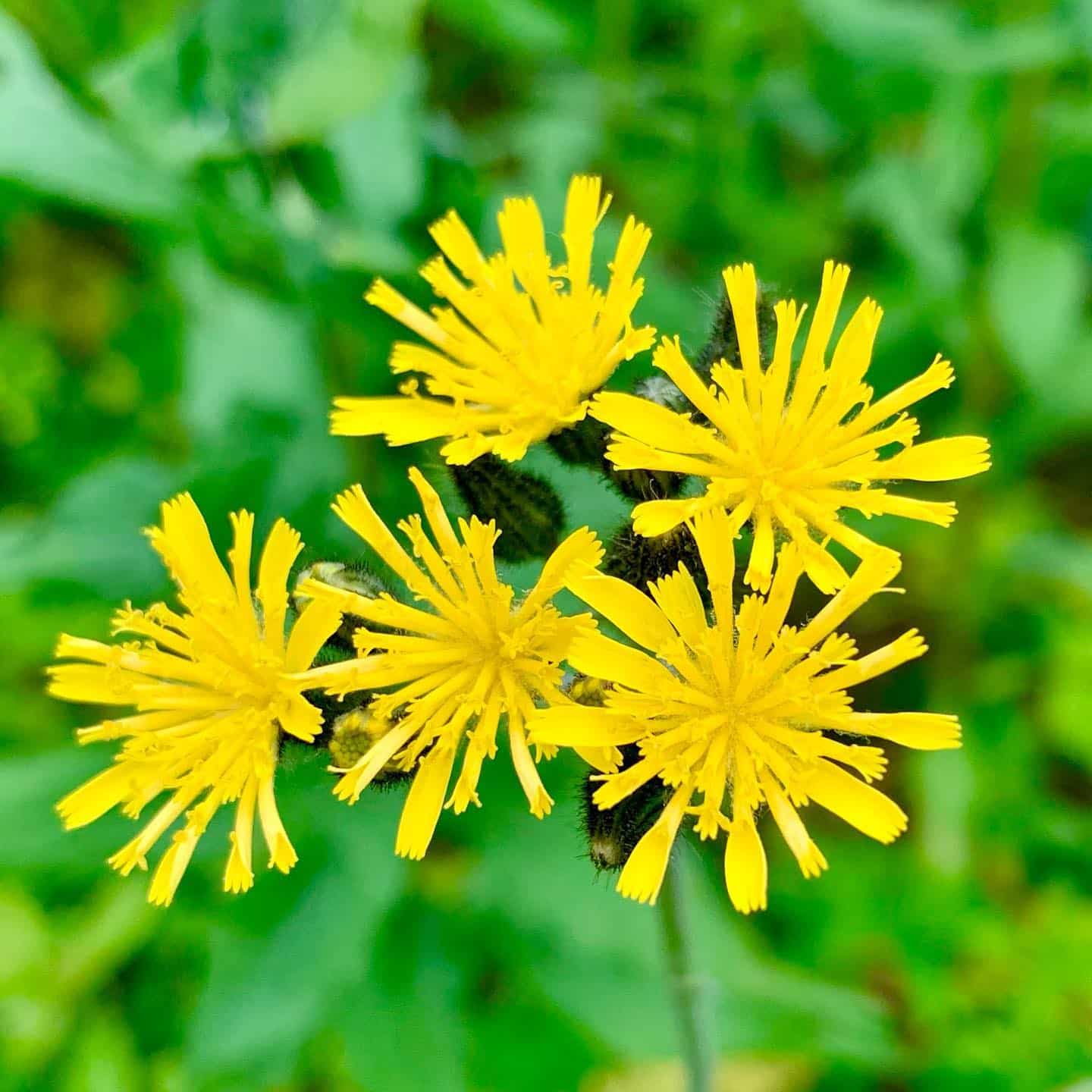
Meanwhile, it has a clustered flowerhead that holds 4 to 50 blooms per cluster which are bright yellow to orange.
The stem is bristly, leafless and lies flat on the ground due to long rhizomes and fibrous roots. Also, it has dense, blackish hairs all over the stem.
From Editorial Team
Extra Tips!
Distinguishing the Dandelion from its look-alike is necessary as most prefer to eat parts of Dandelion. However, some of its look-alikes, like the variety of Sow Thistle, can be poisonous.
Also, you can commonly find these noxious weeds all over your lawn, pastures, neglected landscapes, and roadsides.
So get rid of them by deadheading the flowers before they seed to control their spread.


